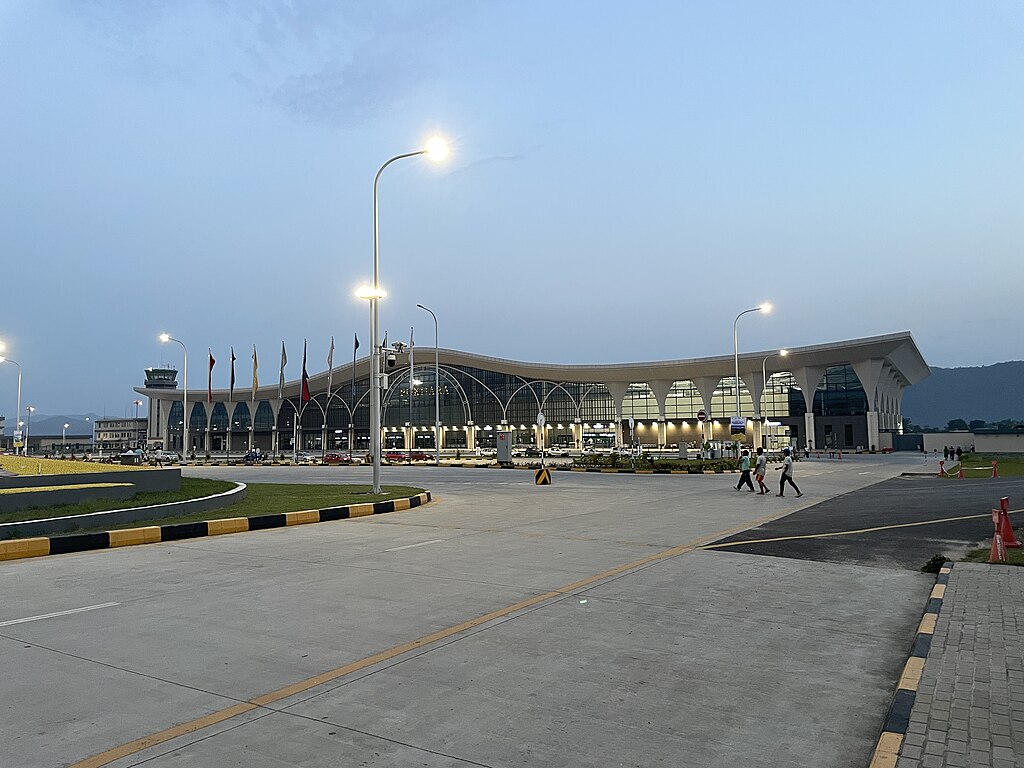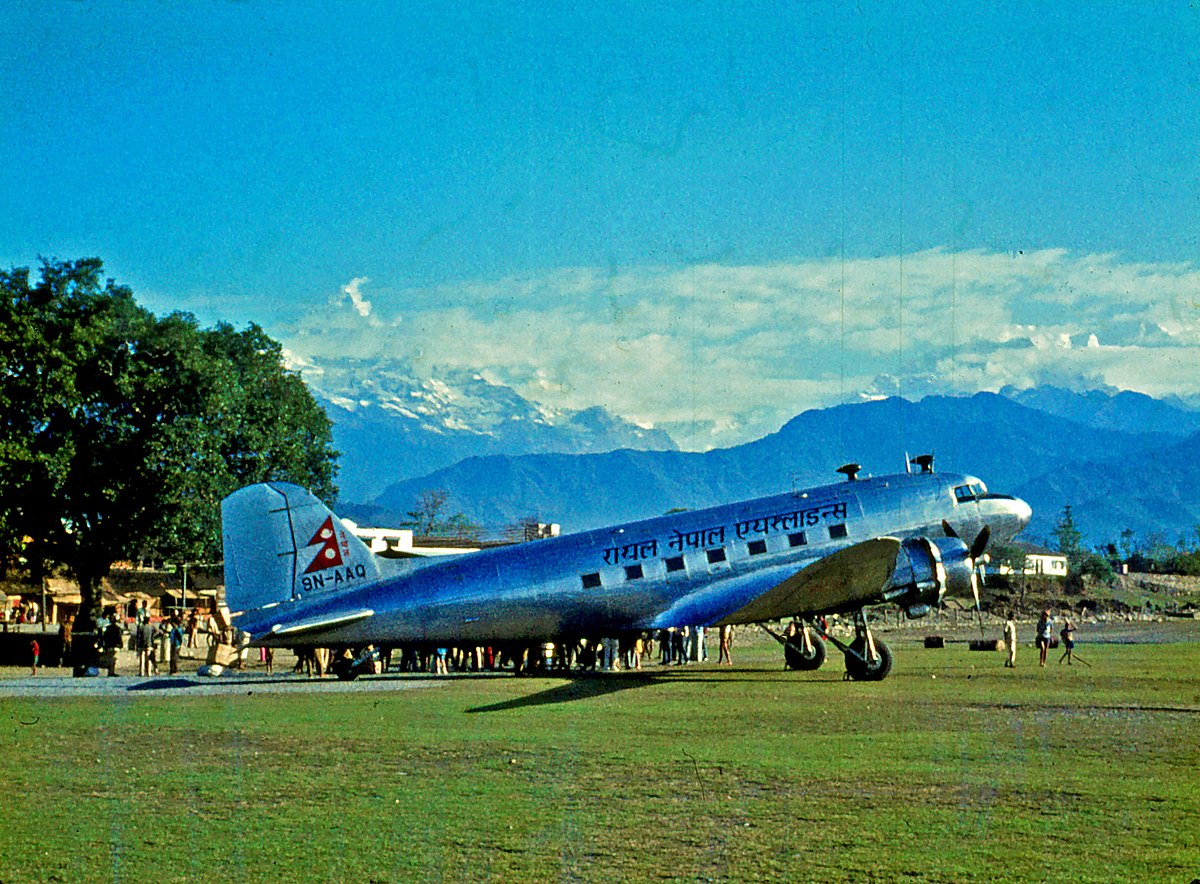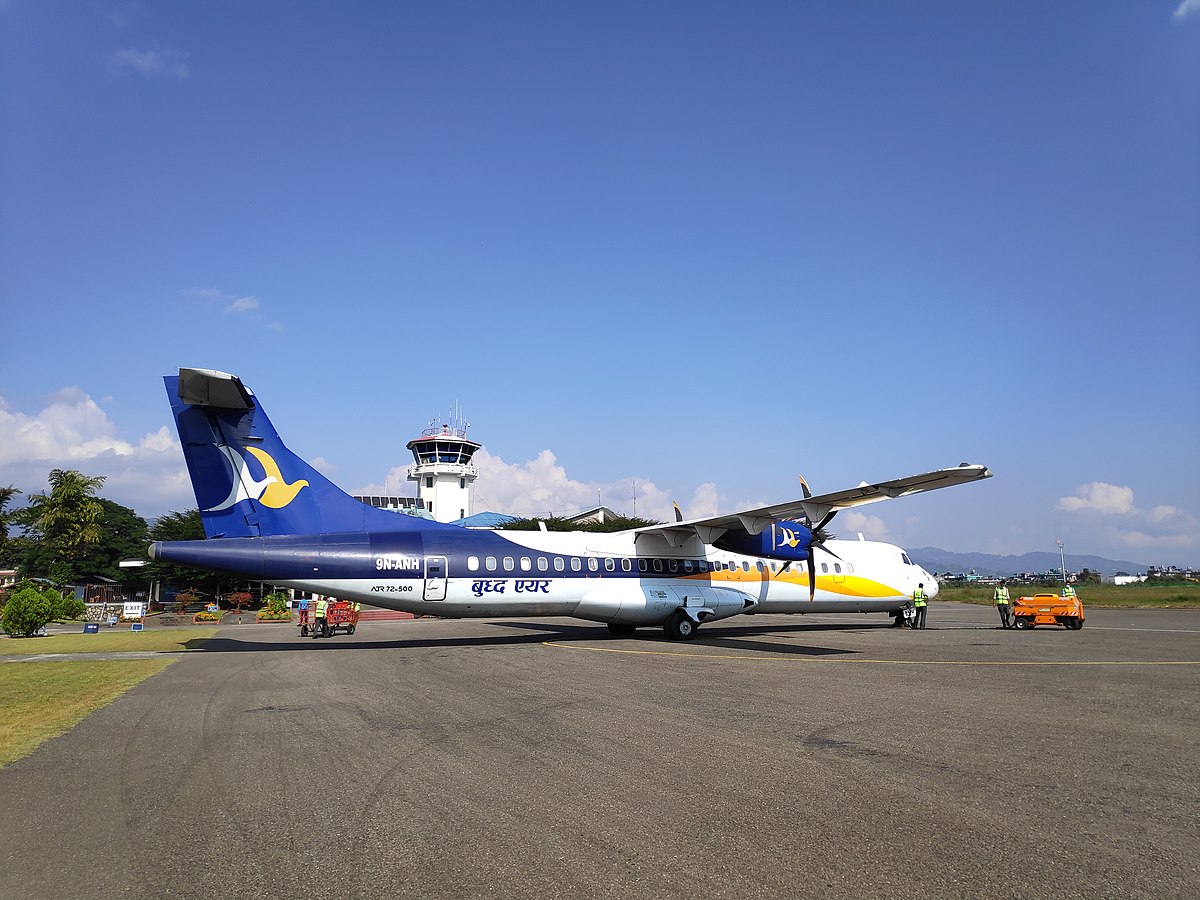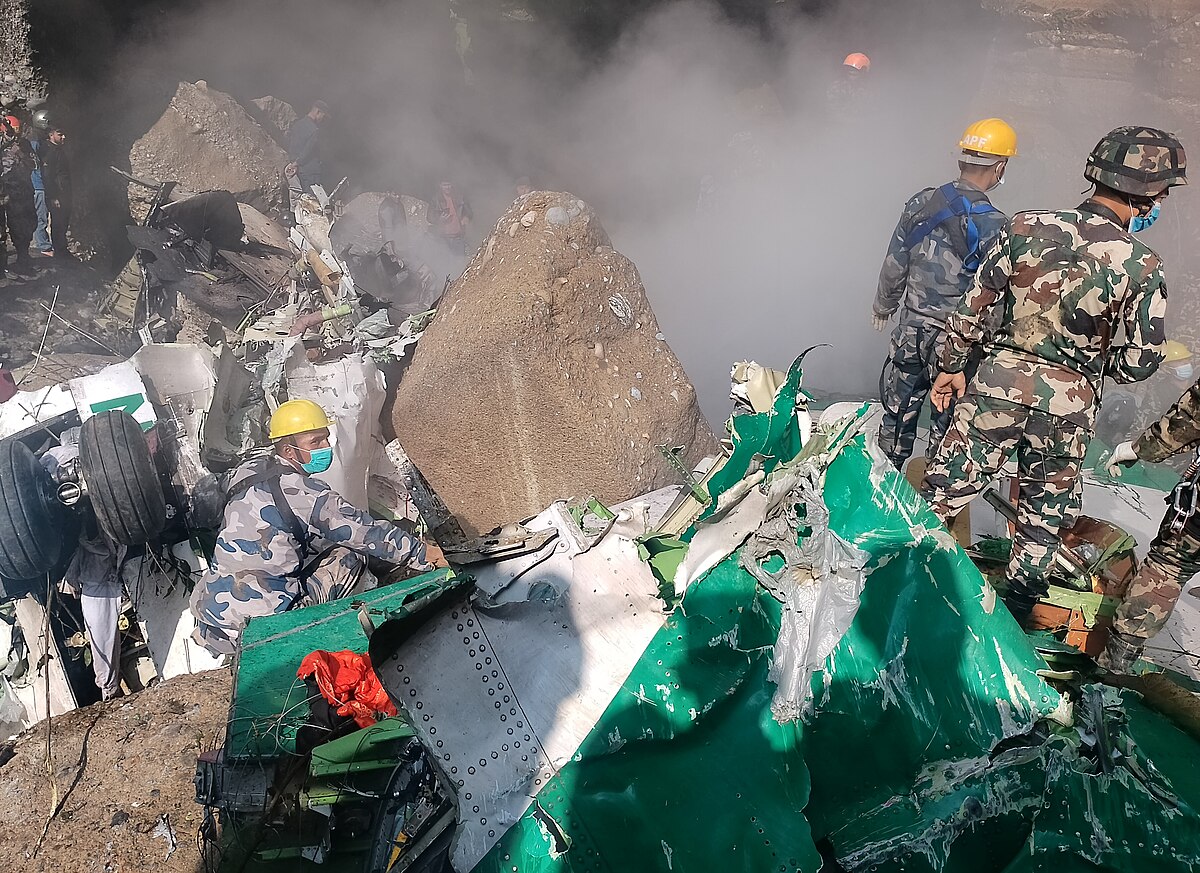Pokhara, which is the go-to city for tourists in Nepal, will forever be inextricably linked with the Pokhara International Airport project- something that reeks of allegations of exorbitant corruption and mismanagement. This vital aerodrome and one of the three international airpots in Nepal has an uncertain future, and almost no present. After all, it doesn’t see any international flights to begin with.
With concerns already looming over the idea that it might just be China’s debt trap, the nation will find it very difficult to overcome the catastrophe that has been the morphing of this picturesque domestic airport of the nation to a rather flight-less international airport of the kind that places it amongst the ranks of the emptiest airport in the world.
Nepal already has staggering airport failures: Dharan Airport was touted to be constructed (but was never made) and allegations have it that it has been nothing more than a land-grabbing scheme, Gautama Buddha Airport is another case which when was constructed was said to take the tourism in the region “up up and away” but has now been used as a cheaper airport by Nepalese to emigrate out of, among a flurry of other non-functional airports that would have been better off not proposed. So how might the Pokhara Airport’s failure and large-scale corruption charges be looked at and who are to blame> Let’s find out.
Overview of the Project

Photo:Hariram sigdel |Wikimedia commons
The total cost to complete the Pokhara International Airport project exceeded $200 million. One has to note that the Former Vice Chairman of the National Planning Commission, Jagadish Chandra Pokhrel has stated that the airport only necessitted 132 million dollars. He even went on to say that the airport could have been built for $100 million.
Reports now indicate that almost one-third of the money spent on the construction of Pokhara Airport might have been misappropriated. Such findings reveal that the embezzlement Pokhara International Airport is mired in, is the biggest charge of corruption that the nation’s aviation is facing. The funds misappropriated in this case are almost times greater than the previous biggest aviation scandal in the nation – the one involving the purchase of the Airbus A330.
The draft report was prepared by a 12-member committee led by Rastriya Prajatantra Party and spearheaded by Rajendra Lingden. Some of the irregularities that are pointed out by the report include:
- The runway was built at 2,636 feet above sea level, in opposition to the agreement, which stated that the runway must have been built at an altitude of 2,677 and 2,674 feet above sea level.
- Despite $5.5 million having been paid to cover the cost of transporting the soil and pebbles to the site, the probe suggests an absence of soil from outside the airport.
- The constructors of the airport were paid $10 million for the construction of a drainage system that is incomplete.
Prem Ale, a part of the committee of twelve people talked to The Kathmandu Post about how grave the charges were:
“The corruption and the irregularities amount to around Rs14 billion in the current exchange rate of US dollar. We have found huge corruption in tax exemptions. Though the contract agreement clearly says the construction company would pay the taxes, different governments have exempted taxes worth Rs2.2 billion rupees. This is a serious matter.”
The probe has suggested that Pradeep Adhikari, director general of the Civil Aviation Authority of Nepal and the head of the project from 2014 to 2017, be fired from his position. Pradip Adhikari can be found to be advocating for the construction of Nijgadh International Airport, something that will lead to felling of millions of trees.
The inception of the vision for the Pokhara Airport dates back to 1971. Shankar Raj Pathak, who once served as the head of the Gandaki Zone when Nepal was a monarchy had even suggested King Birendra that a transformation of the domestic airport in Pokhara to an international one was necessary. In 1976, land acquisition for the construction of the airport had begun.

Photo: wilford peloquin | Wikimedia Commons
The project of an international airport in Pokhara was planned to be funded with a loan from the Asian Development Bank, with a blueprint for the construction of the airport been given by JICA. However, the Maoist insurgency and the period of political turmoil only led to such plans being dropped.
Getting ahead with the construction of Pokhara International Airport
When the transformation of Pokhara Airport’s to an international one was finalized, Dr. Baburam Bhattarai from the Maoist party was serving as the PM of the nation. Both the Finance Minister and Tourism Minister were from the same party. The airport had been approved for construction under the EPC model, with funding from the Chinese government. Stipulations of the funding had it that the airport could only be constructed by a Chinese company.
Some other stipulations of the loan included:
- 2% interest payable in the first seven years after the airport’s construction.
- The rest of the interest+loan is due to be paid in the next 13 years (in 26 installations).
On September 20, 2011, the then finance minister Barsaman Pun signed a memorandum of understanding (MoU) with China CAMC Engineering Company for Pokhara International Airport’s construction. The contract was controversial because it was signed unofficially and secretly, aimed at helping CAMC secure the building contract. What was alarming was that CAMCE’s bid was 85% higher than the Nepalese government’s estimate. Here are the top three bidders for the airport’s construction:
| CAMCE | 305 million dollars |
| Sinohydro Corporation | 337.82 million dollars |
| The third bidder | 349.28 million dollars |
Nepal government had estimated a construction cost of $180 million and such high bids meant that the contractors had to renew their budget. Finally, CAMC proposed a new budget of $216 million, a figure that Nepalese government was prepared to move ahead with. On April 13, 2016, K.P. Oli laid the foundation stone for the airport, and CAMC began construction on November 1, 2017. On January 1, 2023, Pushpa Kamal Dahal inaugurated Pokhara Airport.
Allegations of Incomplete Work

Photo: Prakash Adhikari | Wikimedia Commons
In May 2024 the Accounting Committee of Parliament (known in Nepali as “Chhaan BIn Upasamiti”)filed a case. Following this, 11 Parliament members formed a group in June to research the Pokhara Airport and reported that over $10million (14 billion Nepali rupees) had been misappropriated. Here are some points raised in the report.
- Fuel supply facilities have not been constructed, yet $120,000 has been paid.
- Nearly $1 billion was allocated for the construction of the taxiway, drainage, and sand excavation, but the work remains incomplete.
- The agreement states that sand and small stones are to be imported from nearby county but there is no report confirming this, despite $5.499 million being taken for it.
Financial Implications

Photo: Gaurav Dhwaj Khadka | Wikimedia Commons
It was initially intended that the airport would connect Pokhara to various cities in India. Bu the airport, which has amassed an annual interest of $8.4 million to China, sees no regular international flights. As a result, the Nepalese government is attempting to convert the Pokhara airport loan into a grant – something that China might not be receptive to.

Photo: Bhupendra Shrestha | Wikimedia Commons
Fifteen days after the Prime Minister inaugurated Pokhara International Airport, an aircraft operated by Yeti Airlines crashed while attempting to land at this airport.
Aftermath and Political Instability
The investigation report mentions names of people who are involved in the corruption:
- Pradip Adhikari, the Chief of Planning and current Director General of CAAN
- Sanjiv Gupta, the Former Director General
- Rajan Pokhrel, the Former Director General
Since the decision to build the airport, Nepal has been afflicted, one might say “as always” with 11 different governments where a plethora of ministers serving the various PMs. It has also been questioned wihether without the involvement of the (prime) ministers, an embezzlement of such a staggering scale is impossible. Whether leaders of political parties are going to be incriminated, only time willt ell.
